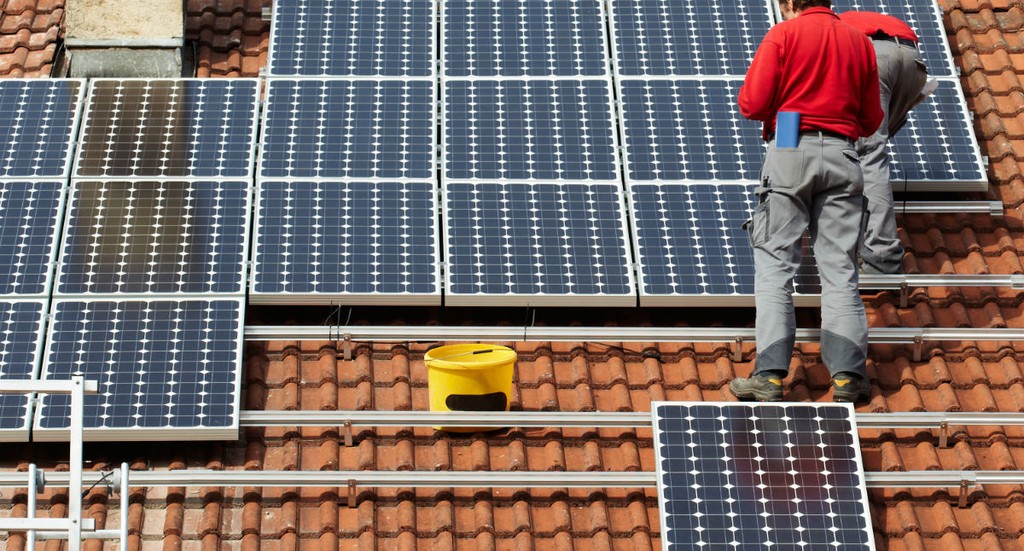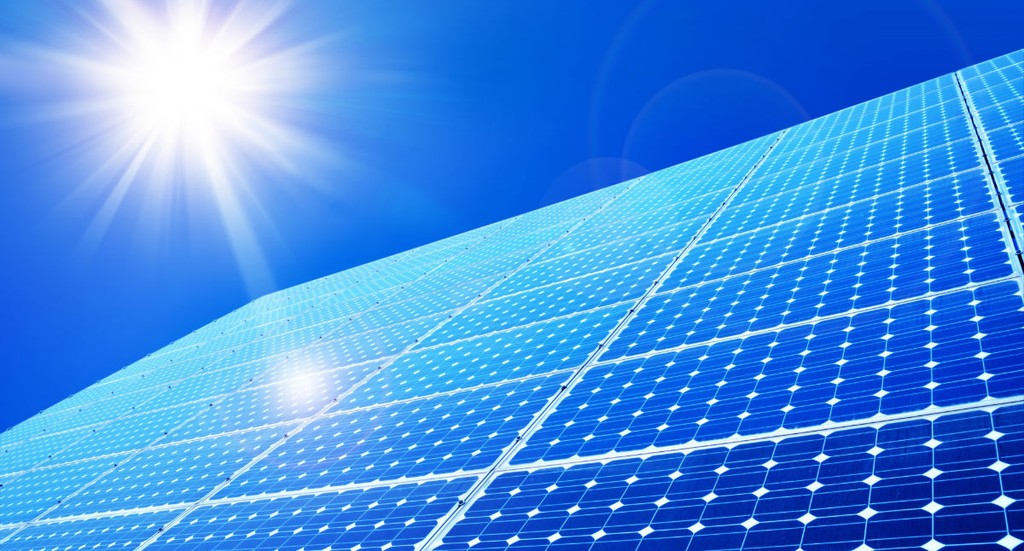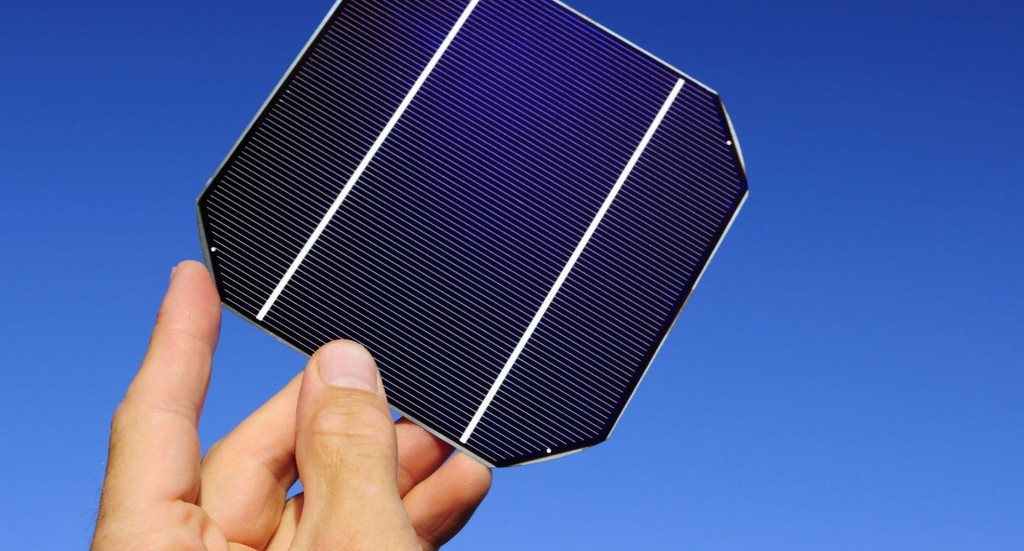
The PV Industry – The Perfect Electricity Alternative
Alencon builds unique products for the PV industry. Alencon’s DC-DC optimizers and central inverters drive down the cost by increasing the amount of energy that can be harvested from a plant while reducing the over Balance of Systems cost, thus making a PV system a much more attractive energy investment.
Alencon’s unique technology is driving down the cost of renewable energy production. Alencon’s technology is bringing down the levelized cost of energy (LCOE) by reducing the costs to deploy and maintain a utility scale PV plant. Alencon’s PV solar products reduce LCOE by allowing you to harvest more power, reduce conduction losses to a central inverter and convert DC to AC to the grid with far fewer switching losses than conventional utility-scale inverters. Alencon’s products are very simple and intuitive when it comes to operations and maintenance. With our PV-IoT technology, Alencon’s products monitor the performance of your solar field on a string by string level. Additionally, with Alencon’s solution, there is far less hardware to deploy in the field, which makes maintaining your plant much easier and more cost effective.




Solar Power System
What Is Photovoltaic All About and How Can You Benefit?
Solar cells are made of semiconducting materials that convert sunlight into electricity. As the sunlight is absorbed by the materials, it knocks electrons loose from the atoms and allows them to flow through the material is order to produce electricity. This process is known as the photovoltaic effect. With the PV system, the solar cells are combined into modules that can hold around 40 cells. Some of the cells are mounted in arrays that measure up to a couple of meters on a side. The flat-plate arrays can be mounted at an angle or on a tracking device that follows the sun. This allows them to capture the most sunlight possible over the course of the day.
What is a Photovoltaic Cell? How Does It Work?
A thin film photovoltaic cell uses layers of semiconductor materials, and has made it possible for PV solar panels to double as rooftop shingles, building facades, roof tiles, or even the glazing for skylights. The solar shingles offer just as much protection and durability as the usual asphalt shingles. Some cells have been designed to work with concentrated sunlight and are manufactured into concentrating collectors that make use of a lens in order to concentrate the sunshine onto the cells. The whole idea is to use as little of the PV material as possible while still collecting as much sunlight as possible.
Photovoltaic Systems – Is It Time You Considered One?
A PV system can help you save cash on your utility bills. Here are a few things to consider if you are interested in PV solar:
- Some collectors are manufactured to mount onto tracking devices
- Most require high-quality tracking devices
- PV solar panels are ideal for industries, large buildings, and electric utilities
- The functionality of the solar cells is measured according to their efficiency at turning sunshine into electricity
- A commercial cell has an efficiency of about 15%
- Low efficiencies mean larger rays are needed
- Only sunlight of certain energies will work well to create electricity
- Solar energy can make for great utility cost savings
- Going off the grid means having power during outages
- You can harvest more power